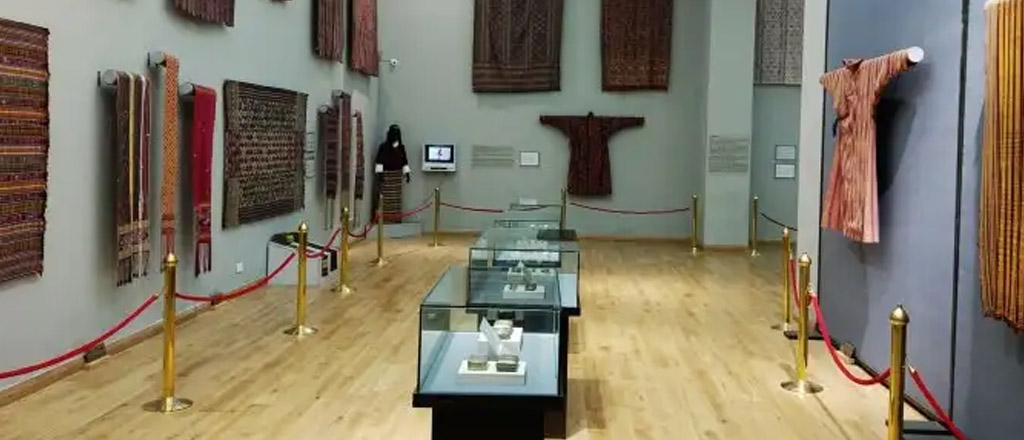
Bhutan is a country of rich history and cultural heritage, and the best way to immerse yourself in her undisturbed culture is to visit the beautiful museums in Bhutan.
Every shrine, palace, monument, and art gallery in the country reflects the actual essence of Bhutanese culture, but it is best displayed in Bhutan’s astonishing museums.
All the museums in Bhutan exhibit incredible artifacts that draw thousands of visitors worldwide. While some are known for their incredible artistries, others are lauded for treasures and ancient artifacts that tell a tale.
Here are 10 insightful museums in Bhutan that you must visit while you are there:
1. National Museum Of Bhutan
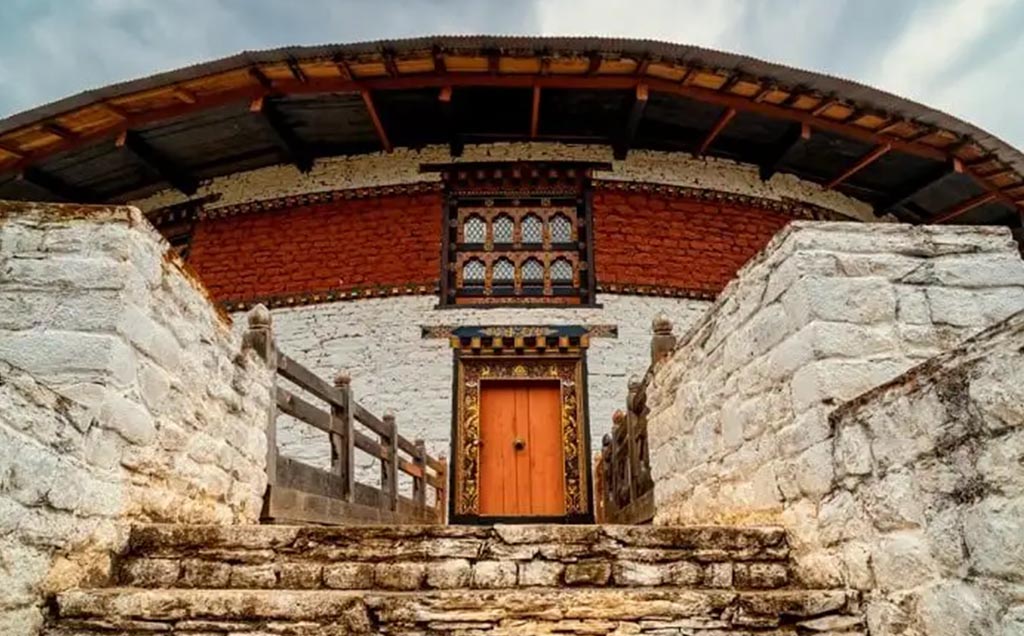
The National Museum of Bhutan, located on the eastern spur of Paro, is no less a wonder than Bhutan’s fascinating history.
The museum is set in the Paro Ta Dzong, an ancient watchtower that now harbors hundreds of ancient Bhutanese relics and arts.
Through its exhibits, collections, and works of art, the museum showcases a diverse range of historical relics and cultures from all across Bhutan, dating back to 4000 BCE.
One can learn a lot about Bhutan by simply exploring the museum. It’s a wonderful opportunity to see some extremely rare items that are rather hard to find outside the country.
The most unusual piece you can find in the National Museum of Bhutan is the egg laid by a mule, a horse horn attributed to the Buddhist master, Guru Rinpoche.
Although taking photographs inside the museum is prohibited, visiting the National Museum in Bhutan is a once-in-a-lifetime experience.
2. Ogyen Choling Heritage House
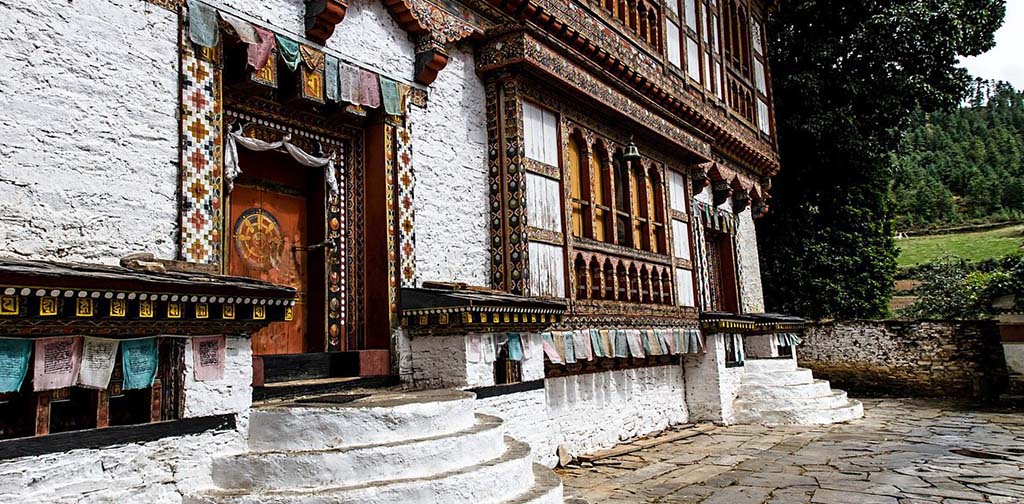
The Ogyen Choling Palace, located in the upper Tang Valley in Bumthang, is one of the first private museums in Bhutan. If you’re someone who appreciates history, you are sure to love this place.
When visiting Bhutan, you must pay a visit to this magnificent museum at least once. The Choling family’s descendants decided to transform the palace into a museum to embrace their family’s history.
Here’s a little historical check: Some seven centuries ago, Longchen Rabjam, a Buddhist Philosopher, caved in near the present-day Ogyen Choling to meditate, and thus Ogyen Choling palace gained divine connotations.
The manor offers an interesting glimpse into historical Bhutanese life.
Even better, parts of the building are rebuilt to give visitors a sense of how they could have appeared over the last 200 years, while artworks and relics have been preserved for display.
3. Simply Bhutan, The Living Museum In Bhutan
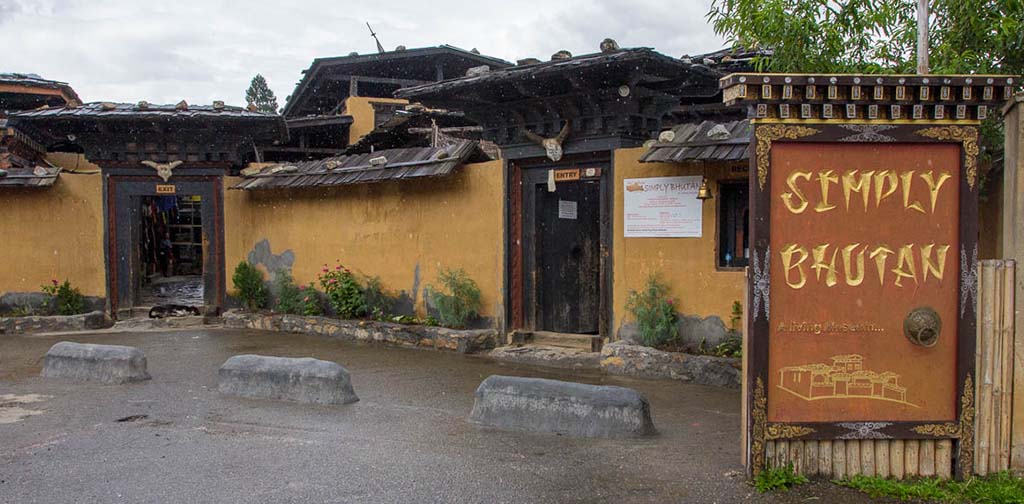
Simply Bhutan is one of the most engaging “live” museums in Bhutan, where visitors can experience a traditional Bhutanese lifestyle in one visit.
Unlike other museums, where visitors are not even allowed to take pictures, the Simply Bhutan museum allows visitors to indulge themselves in the Bhutanese way of life while also providing an incredible prehistoric experience.
Some things you can experience in the Simply Bhutan museum include:
- Wearing traditional Bhutanese attire (Gho and Kira).
- Playing archery, the national game of Bhutan.
- Eating a Bhutanese meal and enjoying Bhutanese folk music and dances.
- Meet the awe-inspiring foot carver.
- View the preserved historic home objects and other traditional Bhutanese items in their daily lives.
4. The Ancient Watchtower In Trongsa
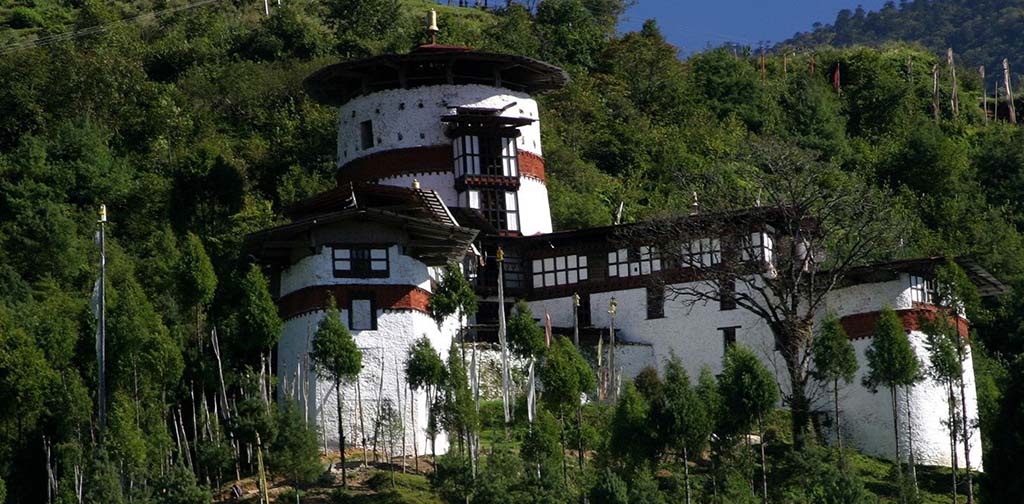
Atop a hill above the Trongsa town, this Ta Dzong (watchtower) originally safeguarded Trongsa Dzong against civil warfare in the 18th century.
The ancient watchtower is divided into four corners that serve as a lookout point. The four corners are believed to resemble a tiger, a lion, a garuda, and a dragon.
On the way towards the museum, there is a small shrine dedicated to Ling Gesar Gyalpo, an epic of a Buddhist king.
Visiting this ancient watchtower can learn about Trongsa’s importance in Bhutanese history. The Ta Dzong in Trongsa is currently one of the most fascinating museums in Bhutan.
5. Folk Heritage Museum

Located in the capital city, this museum in Bhutan was established in 2001 to provide visitors with glimpses into the Bhutanese materialistic culture and lifestyle.
In addition to antiques from rural dwellers, this museum also houses a remarkable collection of traditional home products, utensils, and other equipment.
The museum also hosts regular Bhutanese traditions, craftsmanship, and customs for educational purposes.
The museum does an outstanding job of recreating a remote setting of a typical household through a variety of seasonal activities.
Following a seasonal rhythm, if you visit the museum more often, you’ll find that there’s always something new on display.
Here are some interesting activities you can come across in this museum in Bhutan:
- Markhu Tsene (traditional methods of producing oil)
- Brewing Ara (a commonly consumed local alcohol of Bhutan)
- Zaw (Roasting rice)
- Tham Dhungni (Pounding rice)
These are some of the demonstrations and hands-on experiences available at this museum in Bhutan. For your amusement, lunch will be catered if you come with a party of more than five members.
6. Textile Museum In Bhutan
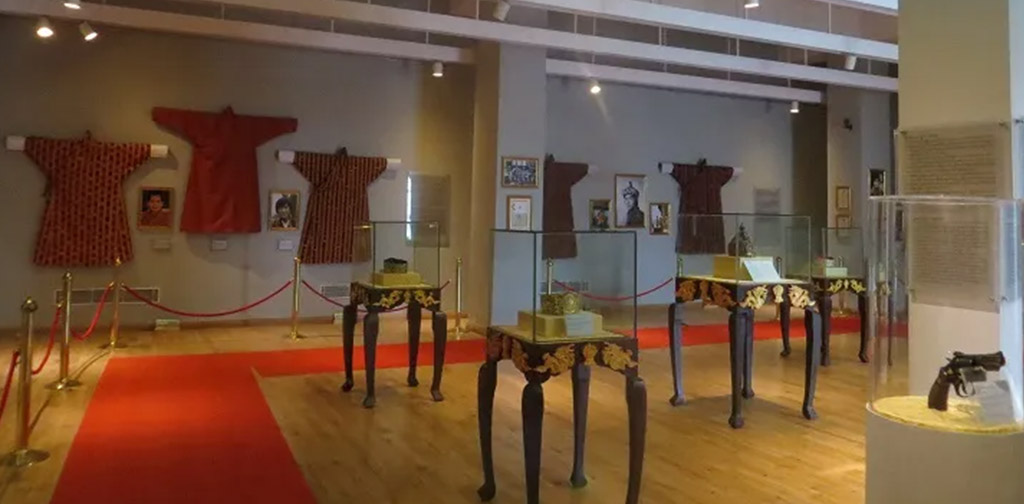
It includes a spectacular display of old and modern textiles and an exploration of Bhutanese Thagzo (weaving) and Tshemzo (embroidery).
The ground floor displays royal attire, including the bridal gowns worn by the fourth monarch and his four queens.
The top floor highlights the major weaving processes, local dress styles, and various textiles from different parts of Bhutan.
A word of caution: photography is not allowed on the premises.
The Royal Textile Academy conservation department is just across the courtyard, where you can witness a handful of weavers at work on their looms.
The museum shop has some informative books and exquisite textiles if you wish to buy them as keepsakes.
7. Bhutan Postal Museum
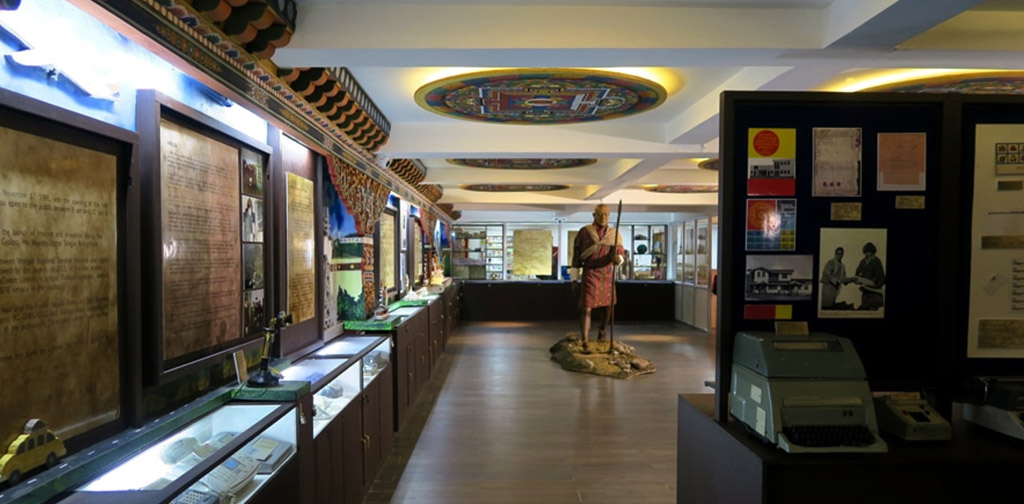
This museum in Bhutan, which opened in 2015, is one of the major tourist attractions in the capital city, Thimphu.
In this postal museum, One can witness the progression of transportation, telecommunications, and postal services in Bhutan’s history.
This is a great site to visit if you are fond of collectible arts and learning about the history of different cultures around the world.
The Postal Museum is divided into various galleries, including:
Gallery I: The exhibitions in this gallery will vary according to national holidays and stamp releases. Currently, it is devoted in honor of the Fourth Dragon King.
Gallery II: It depicts the postal age and includes anecdotes about how communication occurred between the previous Kings and their subjects from different regions.
Gallery III: It primarily focuses on the country’s first postal system and how it evolved with time. It covers telegraphy, radio, telephones, and the evolution of smartphones and the internet.
Gallery IV: It displays Bhutan’s extensive collection of beautifully crafted stamps and aids in promoting the country’s rich culture. It also contributes to philately education in Bhutanese society.
Gallery V: This is an interactive space inclined towards educating students and visitors. It also offers a multimedia section where they show short films about the postal system.
8. Institute Of Traditional Medicine Museum
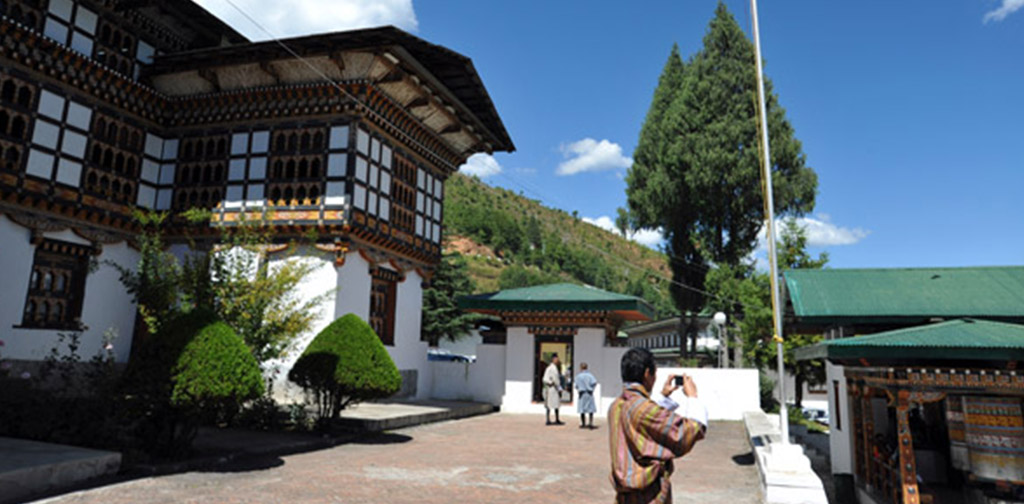
This medicinal museum in Bhutan, built-in 1978, demonstrates native herbs from far-flung regions of Bhutan’s Himalaya.
There’s a small museum for exhibitions here and a fully functional herbal medicine hospital with over 300 plants, minerals, and animal parts for medics to research.
Yartsa Goenbub (cordyceps), which is ingested as a ‘Himalayan Viagra,’ is of particular interest here.
This traditional medicine is made up of the carcasses of caterpillars that a parasitic fungus has infected. This mysterious ‘worm-root‘ can fetch up to US$25,000 per kilogram.
In the entrance hall, one can have a look at the elaborate ‘Celestial City of Medicine‘ sculpture.
If you’re feeling under the weather, you must surely visit the traditional medicinal museum in Bhutan.
The on-site clinic will assess your health and phlegm balance and recommend necessary medicines or treatments, all of which come free of charge.
9. National Institute For Zorig Chusum
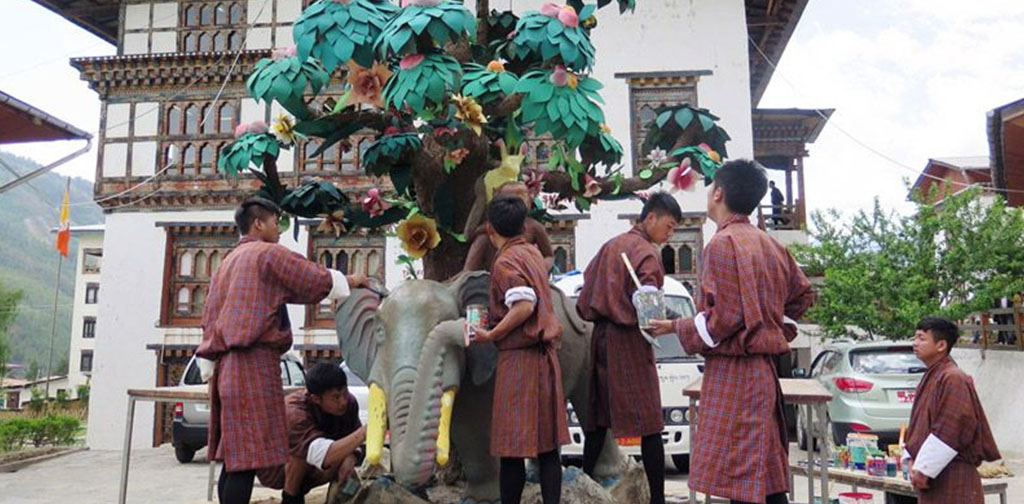
Bhutan’s history and culture are shaped by the 13 traditional arts and crafts that have been practiced since time immemorial. Visit Zorig Chusum to sneak a peek into the Bhutanese’s old practices.
This institutional museum in Bhutan, commonly known as ‘the painting school,’ offers four- to six-year training in Bhutan’s 13 traditional arts.
Painting, woodcarving, embroidery, sculpting, pottery, and other arts and crafts are among the specialties of the students here. Students are used to receiving visitors while they work, and taking photographs is acceptable.
It’s difficult not to be struck by the young and talented students’ skill and competence, and their artwork is sold at reasonable prices in the school gallery.
10. Voluntary Artists Studio, Thimphu

Voluntary Artists Studio, Thimphu, abbreviated as VAST, is a haven for art enthusiasts and collectors. It was set up in 1998 by a group of curious young artists in Bhutan.
VAST has two art museums in Bhutan. Alaya Gallery and Bhutan Art Gallery were founded in 2010 and 2017, respectively.
The Alaya gallery is in the Tarayana center, about a ten-minute walk from the Centenary Farmers Market(CFM)
The Bhutan art gallery is located on the ground floor of Le Meridien, Thimphu, in the core of Thimphu city.
These art museums in Bhutan provide a venue for emerging artists to exhibit their artwork and creativity.
Visitors can head down to their galleries and treat their eyes to a range of classic and contemporary works of art.
Bottom Line
So, these are the top ten museums in Bhutan that you should visit while you’re there. These museums in Bhutan will certainly make you astonished with ancient Bhutan’s traditional lifestyles and artwork.
The aforementioned museums are the finest places where you may get a good impression of the Bhutanese historic lifestyle, tradition, and culture.
The National Museum of Bhutan is possibly the most significant of all the museums in Bhutan. And if you’re planning to make a trip to Bhutan, let us do the legwork for you and put together a fantastic itinerary.
Read this blog post on How To Plan An Ideal Trip To Bhutan.

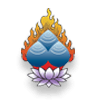
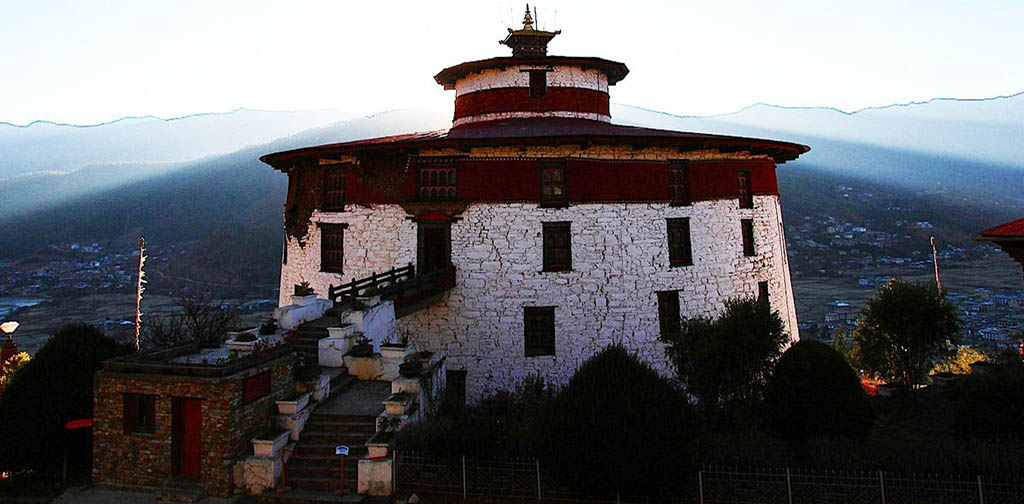
No responses yet